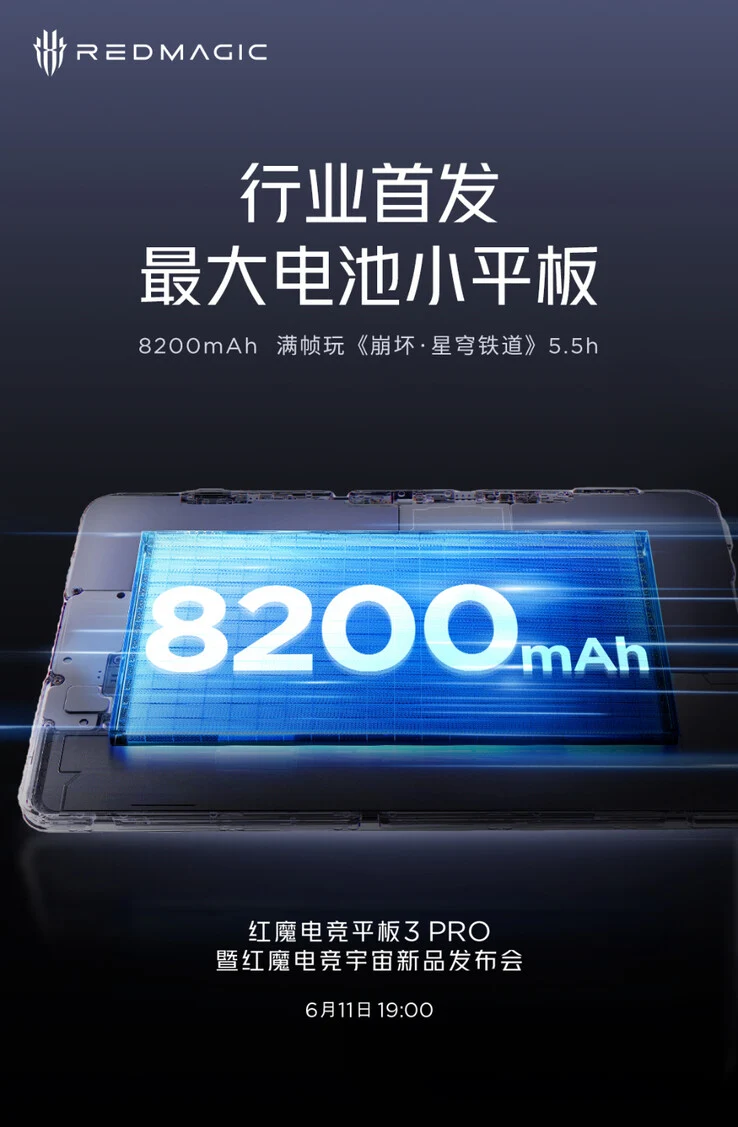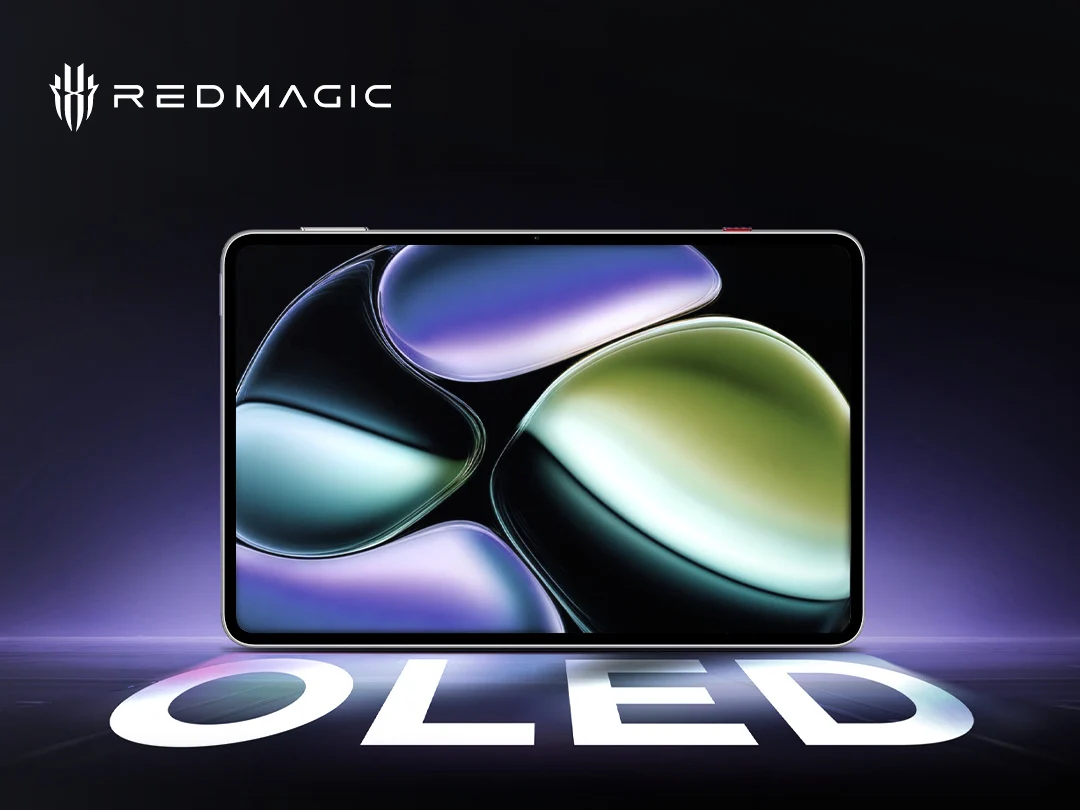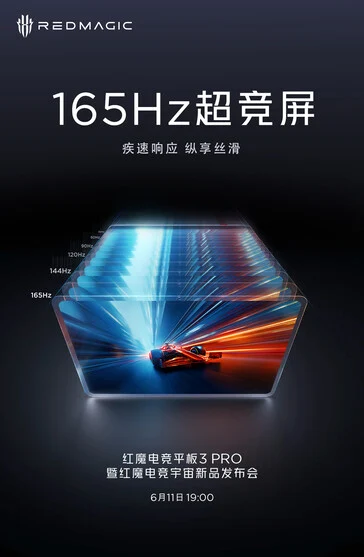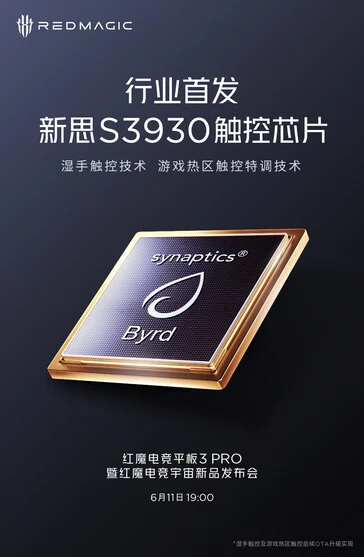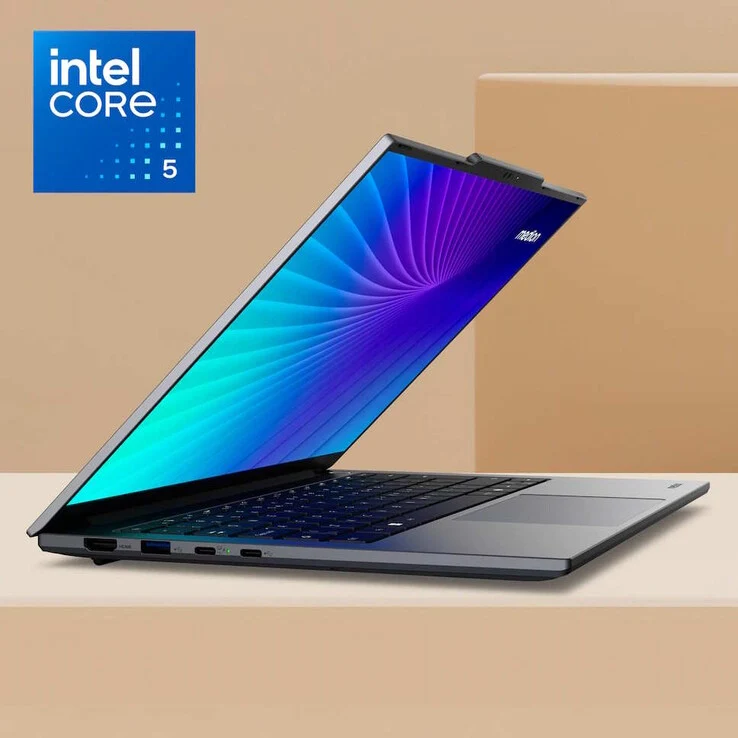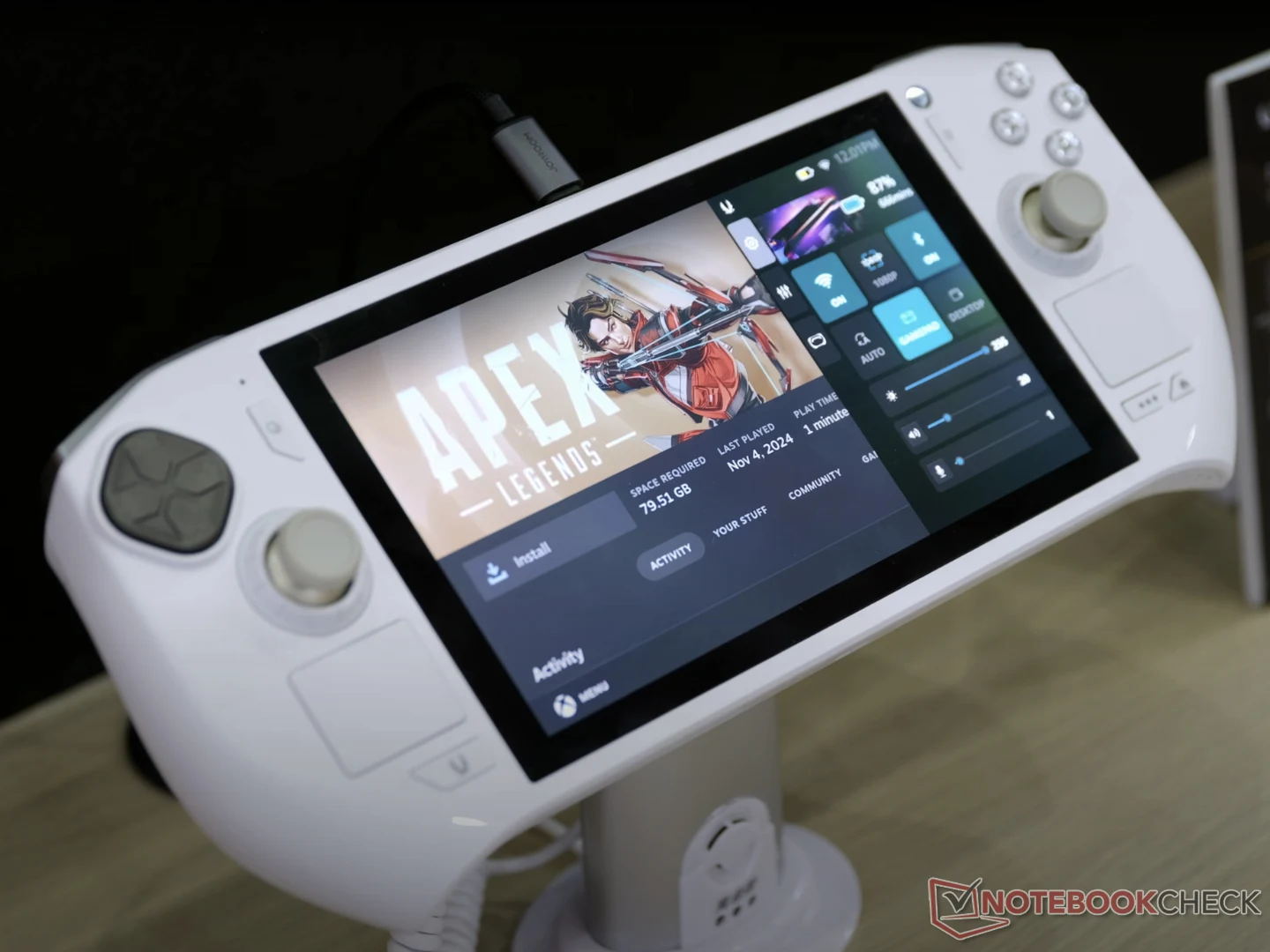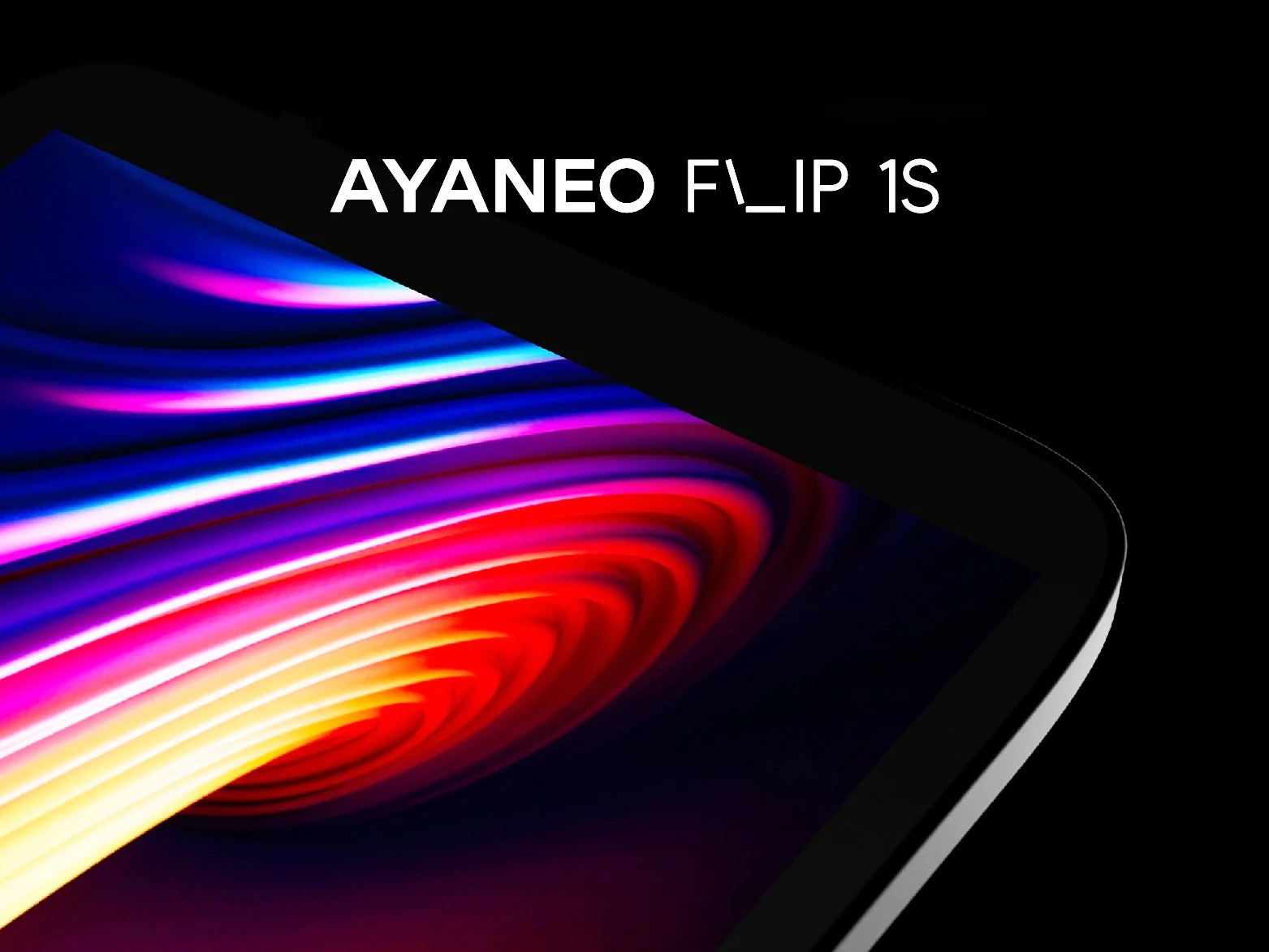Key Takeaways
1. The upcoming MacBook Pro will feature minor updates with the M5 Pro and M5 Max chipsets, but the next model with the Apple M6 is expected to have a major redesign.
2. The new MacBook Pro is rumored to be lighter and slimmer than previous models, marking a significant design change since the 2021 M1 Max version.
3. A key highlight of the new model will be a cutting-edge tandem OLED display, which may offer improved contrast, brighter colors, and better energy efficiency.
4. The new display is expected to replace the criticized notch with a punch-hole design for the webcam, allowing for a more modern look and additional features like notifications.
5. The OLED-equipped MacBook Pro M6 is anticipated to be released towards the end of 2026.
While the upcoming MacBook Pro is rumored to have only minor updates alongside the Apple M5 Pro and M5 Max chipsets, whispers indicate that the next model featuring the Apple M6 will make a significant jump. For the first time since the 2021 model with the Apple M1 Max, Apple is likely to give its most powerful laptop a fresh design that will be both lighter and slimmer.
A New Display Experience
Along with the new processors from the Apple M6 line, the screen is said to be the standout feature of the new MacBook Pro. Reports suggest that Apple will swap out the current mini LED display for a cutting-edge tandem OLED panel. This new screen may offer a better contrast ratio, brighter colors, and improved energy efficiency. It is still unclear if the OLED display will be brighter, considering the existing MacBook Pro (starting at $1,499 on Amazon) can achieve an impressive peak brightness of 1,600 nits in HDR mode. According to analysts from Omdia (via DigiTimes), the upcoming screen is also rumored to eliminate the rather criticized notch.
A Modern Look with New Features
Instead, Apple might position the MacBook Pro’s webcam in a punch-hole that could act like a Dynamic Island, akin to the iPhone 16. The display area surrounding this punch-hole might be used to display items like timers or alert users about important notifications such as incoming calls. Although a punch-hole design is somewhat uncommon for laptops, it should provide the MacBook Pro with a more updated appearance compared to the large notch. The OLED-equipped MacBook Pro M6 is anticipated to launch towards the end of 2026.
Source:
Link









